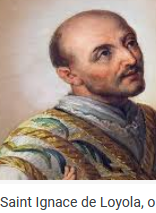
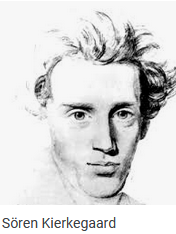
"He who demands joy and not transient pleasures, soul and not money, is not at home in this world" (H. Hesse). But he is welcome with us, for the year of grace 2018 as for the others...
"Trust in God, acting as if the success of every thing depended entirely on you and by no means on God, and yet, employing all your care to make it succeed, count on them no more than if God alone should do everything and you nothing" (St. Ignatius of Loyola).
"I am so little understood that my complaints about not being understood are not even understood" (S. Kierkegaard).
The wonderful introductory book to art studies, Endgame magic, has just been republished, corrected and expanded. If you only read one chess book in 2018, be it

this one. Thanks to John Beasley, whose BESN review, the most enjoyable I've known on studies, is sorely missed. A delightful little pawn ending, by one of our favourite composers (also in problems) which reminds us of another book of John's entirely dedicated to this author.
Then a study of the brilliant but prolific Pogossians. How should we write his name? The VdH bases write Pogosiants, Pogosjants or Pogosyants. Chéron (but in German) writes Pogosianz. Lommer writes Pogosjants. In Cyrillic it is (phonetically) Pogossiants. I think it is correct to write two "s" (as for Petrossian). On the other hand, I will not be scandalised if it ends with "nts". I had only chosen for my book what seemed to me to be the simplest. To the ear, the distinction between "annss" and "anntss" is imperceptible, except perhaps for Croatians who sometimes align 7 consonants in a row. In 1981 (for my first volume) I asked myself this kind of question. I quickly calmed down when I discovered that the Russians themselves had a counterbalance! So, like many others, I Frenchified the well-known names (such as Yusupov), which had become commonplace, and kept the international script for the others. Hence this paradox: we talk about the Petroff defence, but we write D. Petrov, the composer of studies, although it is obviously the same name. We say "Isaac" Albeniz for the music composer, grandfather of the former Mrs Charkeuzy, but "Itzhak" Perlman for the violinist, even though it is the same first name! French also has this distinction between the common and the relatively rare. Otherwise, how to explain the difference in pronunciation between, on the one hand, "equivalent", " équilibre", "equinox" and on the other hand "equipollent", "equilateral" etc.?
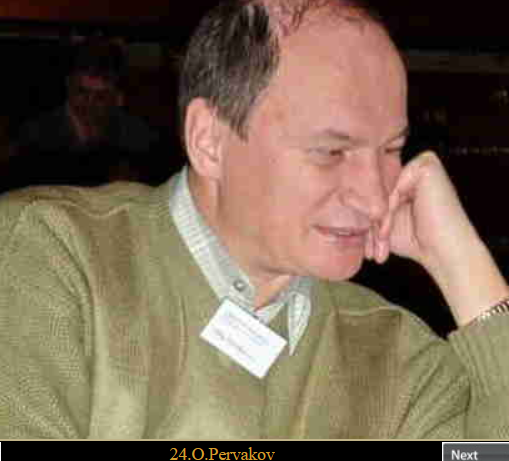
The "homework" given for the Christmas holidays was not very easy (especially the first one) but, after all, it comes from a world champion...
Lots of endgames in the previous courses. Let's balance it out a bit with some... wild middle-game! First a Germanic tussle from 20 years ago, ending in an orgy of Queens.
Then the game of the day, which features the same world champion as in the two previous courses, but the fight is much wilder.
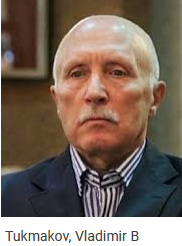 His Ukrainian opponent, unimpressed, is a great player of the 70's who became later a brilliant coach. In the analyses, one will note several echoes of brilliant moves: ...Bf5!, ...Re8!, Bg8! including a bicolor (...f6! & f6!).
His Ukrainian opponent, unimpressed, is a great player of the 70's who became later a brilliant coach. In the analyses, one will note several echoes of brilliant moves: ...Bf5!, ...Re8!, Bg8! including a bicolor (...f6! & f6!).
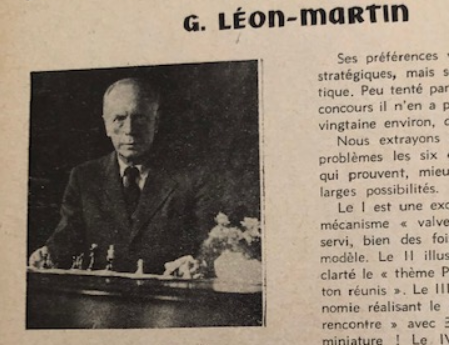
After the traditional 2# training (the unknown author one is the most formidable), a tribute to Gabriel Léon-Martin. A former bridge partner of Alekhine and a very talented problemist, he agreed to write the retroanalysis column in the early days (1959-62) of a French journal with European pretensions. Loewenton, then Hazebrouck, succeeded him. This initiative, unique in the world, favoured the blossoming of the genius of a certain shy young man in the late 1970s. He was to become the world's greatest specialist in the genre, Michel Caillaud, of course.
GLM was essentially composed of strategic 3 & multimoves. A funny 2# though, with 3 false lanes. Then a 3# illustrating the Palatz theme; you don't know? I don't either, but that doesn't stop you from solving. In the first 4#, the c8 square is checked three times. Knowing that we're in the artistic field, you can guess what's going to happen! Then a kind of mousetrap. The same idea, 20 years earlier, probably his most famous work. The last 4#, like the 5#, is much more difficult: great class. Finally, a 6# that I had already presented in a short-lived review, more than 30 years ago. Like the 5#, it illustrates the "Renaud theme", which I don't know more about, but I remember Georges Renaud, co-author of "L'art de faire mat", an excellent schoolboy read.
Still, let's not forget Daniel, with a few easy helpmates (only the first one took me a bit longer). Helpmate 3# was composed by the father-in-law of a former French champion, who visited us when the course was held in a Parisian room: how far away that seems... A rather strong Polish selfmate, to finish.
Have a good time. See you in February. Deus vos custodiat.
Comments
1 Alain On Thursday, january 11, 2018